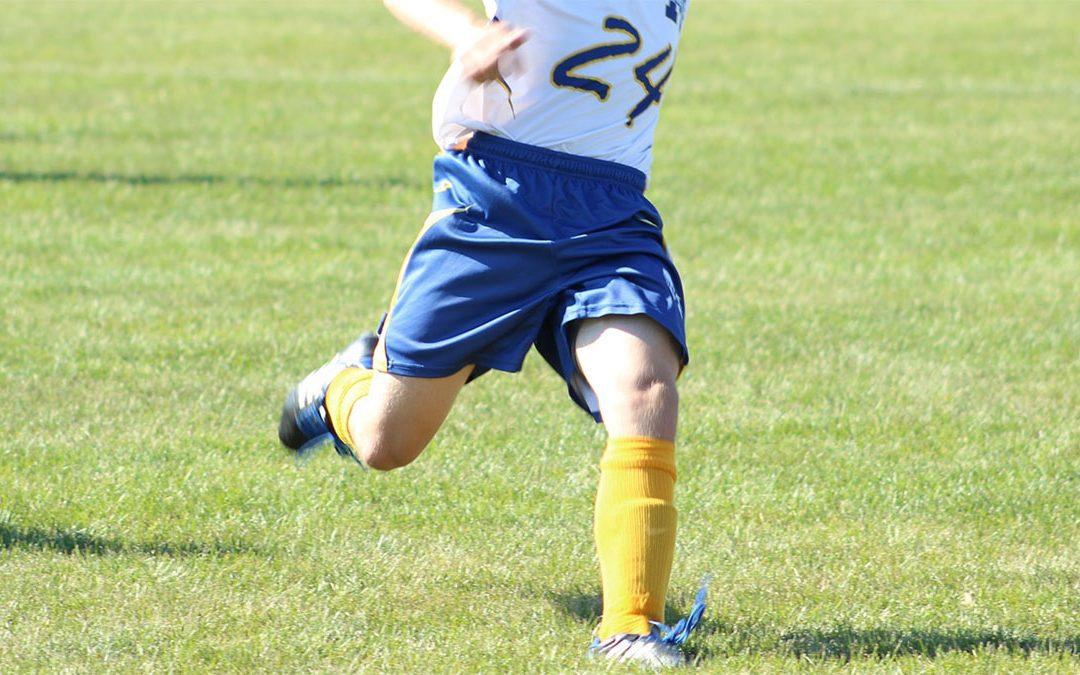Osgood-Schlatter Disease is the term given to a knee condition often seen in adolescents going through a growth spurt. The condition develops around the growth plate near the top of the tibia and repeated stress on the bony attachment site causes pain. Often, the symptomatic knee can result in an enlarged tibial tubercle shown in the real-life image below. It is thought that the tendon attaching the quadriceps muscles to the shin bone becomes tight and causes inflammation and micro-fractures in the tibial tuberosity. The tibial tuberosity swells and feels painful during certain activities such as running, kneeling, or stair climbing. It is most commonly seen in children who play sports involving running, change of direction and jumping such as basketball, volleyball, netball, football, soccer and gymnastics. The diagnosis can be easily made by a physiotherapist through clinical examination.gs.
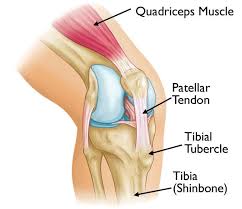
Risk Factors
- Males aged 11-15 years, Females aged 8-13 years
- Males are at a higher risk than females
- Basketball, football, soccer, gymnastics, netball and volleyball
- Decreased quadriceps flexibility (de Lucena GL et al 2011)
- Activities involving repetitive, strong quadriceps contractions, such as in jumping and running
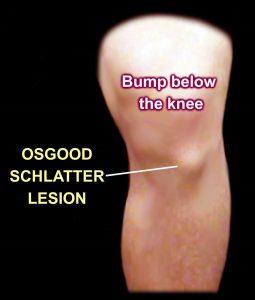
What should I do?
Step 1. The first step would be to see your physiotherapist.
Physiotherapists can assist in managing an adolescent patient’s symptoms and enable them to continue to lead an active lifestyle. Our physiotherapists will diagnose the condition and rule out any serious pathology. There is no need for x-rays in diagnosing Osgood-Schlatter disease, however one may be obtained if they need to rule out other pathology.

Step 2. Load modification.
Once the diagnosis is made, our physios will assist in modifying activities such as training and competition to offload the knee and allow symptoms to settle in the acute stage. This means an initial reduction in total load but does not mean the child has to stop participating in all sport or training all together. Our physios will lead the process of returning to training and full sports once safe and appropriate to do so. Pain should be used as the main guide as to the limitation of activity in the short term.
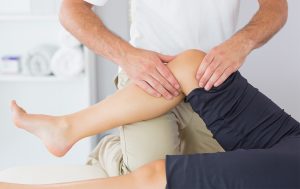
Step 3. Start Treatment.
Soft tissue and manual therapy techniques are used to help to reduce muscle tension and settle symptoms and taping is sometimes used to offload the site of pain. Our physio’s will then prescribe a progressively overloaded exercise program to help strengthen the muscles, tendons and build tolerance of the bony attachment site to increase the load capacity of the knee.
Step 4 Biomechanical analysis.
A careful analysis of kinetic chain biomechanics and muscle activation patterns is also routine in patients suffering with Osgood-Schlatter disease, and subsequent corrective exercises are prescribed accordingly.
Towards the end of rehabilitation, the child must pass functional movement and discharge criteria without pain to ensure a graded and progressive return to normal sporting and training activities. This is all guided by their physiotherapist.
Step 5. Ice
Ice can help to reduce the local pain and any irritation or inflammation present. 10-15 minutes of ice following activity can really help settle down symptoms and improve comfort.
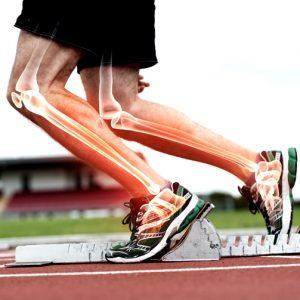
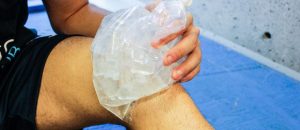
What does the evidence say?
A systematic review by Gholve et al. (2007) found that Osgood-Schlatter Disease often occurs more frequently in adolescent males than females and can present bilaterally (both knees) in 20 – 30% of cases. Approximately 90% of patients recover well with conservative physiotherapy management. The remaining 10% can feel symptoms that carry over to adulthood and can possibly require surgical intervention. Gholve et al. (2007) showed exercise therapy targeting strengthening and flexibility of surrounding musculature was more effective for an improvement in function and symptoms. Gerulis et at (2003) supported this further as they demonstrated the addition of conservative treatment to load management alone was more effective in reducing symptoms. Results are best achieved as part of a physiotherapy lead treatment to ensure optimal exercise progression, load management and a return to full sporting activity.
Are you worried your child might have Osgood-Schlatter’s ?
Get an Assessment & Treatment for Osgood-Schlatter with our amazing Physio team.
- Get crystal clear about what’s causing your child’s injury or pain
- Understand what activities they can do without delaying recovery and suffering consequences
- Find out what simple yet essential exercises can help them get amazing results
Leave the session with the confidence of knowing exactly what to do to help your child get symptom free and back to sport and living life without pain

